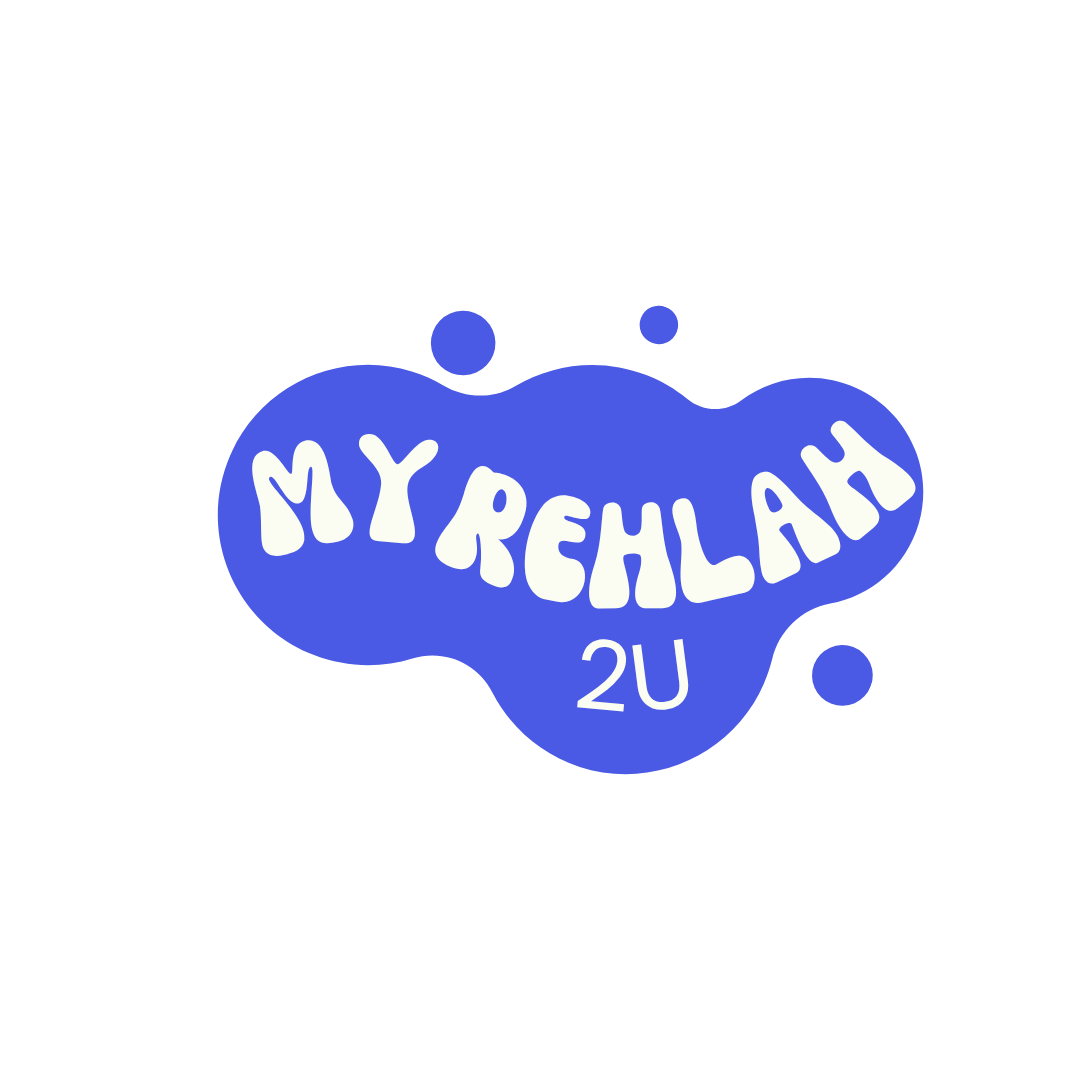What Is a Follow-Up Verification Audit and Why It’s Critical for Compliance

In every organization, compliance and continuous improvement go hand in hand. But even the most carefully designed corrective actions can fall short if they’re not verified for effectiveness. This is where follow-up verification audits come in — a structured process to confirm that previous nonconformities have been resolved and that the implemented corrective actions truly work.
In industries where health, safety, and quality control are paramount, these audits are not just a formality; they are a necessity. Professionals trained through programs like OSHA training in Pakistan understand how vital verification audits are to sustaining compliance and preventing recurring safety issues.
Let’s break down what follow-up verification audits are, why they matter, and how they can strengthen your compliance system and overall operational integrity.
Understanding Follow-Up Verification Audits
A follow-up verification audit is conducted after a primary audit to ensure that all corrective or preventive actions have been implemented and are functioning as intended. It’s a crucial step that bridges the gap between identifying an issue and confirming its resolution.
The Purpose of Follow-Up Audits
-
Verify Effectiveness: Ensures that corrective actions taken after nonconformities are genuinely effective.
-
Confirm Compliance: Helps maintain compliance with internal policies, legal requirements, or safety regulations.
-
Prevent Recurrence: Identifies whether similar problems could reappear under the same conditions.
-
Build Credibility: Demonstrates the organization’s commitment to continuous improvement and accountability.
These audits are particularly common in ISO management systems, occupational health and safety programs, and regulatory inspections.
Why Follow-Up Verification Audits Are Critical for Compliance
Compliance doesn’t end when an audit report is submitted. In fact, the real work begins after nonconformities are identified. Follow-up audits ensure that corrective actions aren’t just documented but are genuinely working.
Key Benefits
-
Ensures Continuous Improvement: A follow-up verification audit validates that previous problems have been solved effectively, keeping improvement cycles active.
-
Strengthens Management Systems: It reinforces accountability at every organizational level.
-
Reduces Risk: Ongoing verification minimizes the likelihood of repeated safety incidents, legal violations, or financial losses.
-
Enhances Trust: Regular verification shows clients, regulators, and employees that compliance isn’t a one-time task — it’s an ongoing culture.
Real-Life Example
Consider a construction firm that received audit findings about unsafe scaffolding procedures. After corrective training and policy updates, a follow-up verification audit was conducted three months later. The results showed full compliance and zero repeat violations — confirming the effectiveness of the corrective actions and improving site safety overall.
The Follow-Up Verification Audit Process
Follow-up audits are methodical but adaptable. Here’s how the process generally unfolds:
1. Review of Initial Findings
The auditor reviews previous audit reports, nonconformities, and corrective action plans.
2. Scheduling the Verification
A timeline is set for the audit, allowing sufficient time for corrective actions to take effect.
3. Conducting the Audit
The auditor re-examines the specific areas or processes where nonconformities were found. This may involve interviews, document reviews, and on-site inspections.
4. Analyzing Results
The auditor determines whether each corrective action was implemented effectively and whether it resolved the original issue.
5. Reporting
The findings are summarized in a verification report, which confirms closure of previous nonconformities or recommends further action.
6. Continuous Monitoring
Even after verification, organizations are encouraged to maintain regular monitoring and periodic audits to ensure sustained compliance.
How to Prepare for a Follow-Up Verification Audit
Preparation is key to success. Here are some practical tips to help your team get ready:
-
Review Past Findings: Revisit all audit reports and corrective action records.
-
Document Progress: Keep evidence of actions taken — updated procedures, training records, maintenance logs, etc.
-
Engage Employees: Ensure everyone understands their role in compliance and can demonstrate improvements.
-
Conduct Internal Checks: Perform mini internal audits before the official follow-up.
-
Maintain Transparency: Be open with auditors about challenges faced and lessons learned.
When employees are trained to understand compliance and verification — skills often emphasized in OSHA training in Pakistan — audit preparation becomes far more effective and organized.
Integrating Follow-Up Audits into Continuous Improvement Programs
Follow-up verification audits are not standalone activities; they’re integral to a continuous improvement cycle. When integrated properly, they drive measurable progress.
Integration Steps
-
Include Verification in Corrective Action Plans: Make follow-up audits a mandatory closure activity.
-
Use Data Analytics: Track recurring issues, completion timelines, and audit effectiveness.
-
Update Policies and SOPs: Reflect verified changes in company documentation.
-
Encourage Feedback: Let employees share observations on what worked and what didn’t.
Embedding follow-up verification into your routine processes reinforces a proactive, not reactive, compliance culture.
The Career Connection: Why Compliance Skills Matter
For professionals aiming to build careers in safety, quality management, or industrial operations, mastering compliance and verification auditing is a valuable career skill. It shows employers that you understand both the technical and procedural aspects of organizational governance.
Courses like OSHA training in Pakistan equip learners with a strong foundation in risk management, safety protocols, and regulatory compliance — all essential for conducting and supporting verification audits effectively.
By completing structured programs such as the OSHA 30 hour construction course, professionals gain in-depth knowledge of construction safety standards, hazard analysis, and documentation practices — crucial for both compliance audits and workplace inspections. These certifications not only enhance employability but also establish you as a credible safety and compliance expert in the global job market.
FAQs
1. What is a follow-up verification audit?
It’s a secondary audit conducted to confirm that corrective actions from a previous audit have been implemented and are effective.
2. Who conducts follow-up verification audits?
Usually, the same auditor or audit team that performed the initial audit conducts the follow-up to ensure consistency.
3. How soon should a follow-up verification audit be conducted?
Typically within a few weeks or months, depending on the complexity of corrective actions and organizational requirements.
4. What happens if corrective actions fail during a follow-up audit?
The auditor will mark the issue as unresolved and request further corrective action before closing the audit.
5. How does OSHA training help with verification audits?
It enhances understanding of compliance procedures, safety standards, and corrective measures — helping professionals ensure that audits result in lasting improvements.
Conclusion
Follow-up verification audits are the final — and often most crucial — step in the compliance journey. They transform corrective actions from theory into proven performance improvements, strengthening both safety and efficiency.
By integrating these audits into your management system, you ensure that compliance isn’t just achieved once but maintained continuously. Professionals who invest in advanced compliance education, such as OSHA training in Pakistan, gain a strong advantage in applying these principles effectively.
Whether you’re a safety officer, compliance coordinator, or site manager, completing the OSHA 30 hour construction course gives you the expertise to verify, evaluate, and sustain compliance standards — helping your organization stay ahead in safety, credibility, and long-term success.
- Art
- Causes
- Crafts
- Dance
- Drinks
- Film
- Fitness
- Food
- Games
- Gardening
- Health
- Home
- Literature
- Music
- Networking
- Other
- Party
- Religion
- Shopping
- Sports
- Theater
- Wellness


